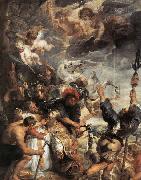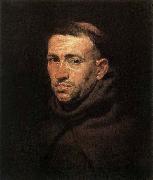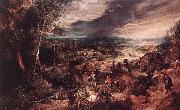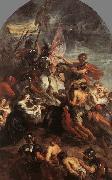huile sur la toile, vraie saveur de vieux maîtres.

|
|
|||
| Flemish Baroque Era Painter, 1577-1640 | |||
|
|
|||

| |||
|
|
|||
|
|
|||

| |||
|
|
|||
|
|
|||

| |||
|
|
|||
|
|
|||

| |||
|
|
|||
|
|
|||

| |||
|
|
|||
|
|
|||
| Artiste précédent Artiste prochain | |||
| Poussin | Valtat Louis | Fujishima takeji | pablo casals | Johannes Deiker |










